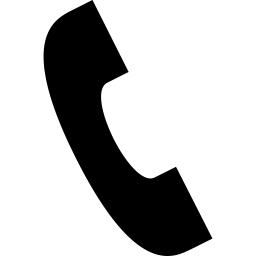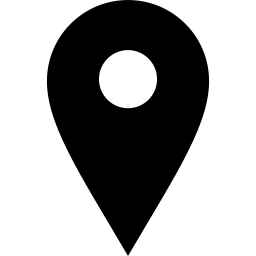


Bow length is a crucial factor in determining your comfort, accuracy, and overall performance in archery. A bow that is too long or too short can lead to various issues, including pain, discomfort, reduced accuracy, and even damage to your equipment. In this comprehensive guide, we will explore the factors that influence bow length, the methods for determining the ideal length for your height, and strategies for ensuring optimal performance.
Factors Affecting Bow Length
Height: Your height is a primary factor in determining the appropriate bow length. Taller individuals generally require longer bows, while shorter individuals may be more comfortable with shorter bows.
Draw Length: Your draw length, the distance from the anchor point to the release point, is another important consideration. A longer draw length may necessitate a longer bow to ensure proper clearance and prevent the arrow from striking the riser.
Bow Type: The type of bow you are using (e.g., recurve, compound, longbow) can also influence the ideal length. Some bow designs may require specific length adjustments.
Personal Preferences: Individual preferences and shooting style can play a role in determining the optimal bow length. Some archers may prefer a slightly longer or shorter bow based on their personal comfort and performance.
Determining the Ideal Bow Length
To determine the ideal bow length for your height, consider the following factors:
Measure Your Draw Length: Use a draw length gauge to accurately measure your draw length.
Consult a Professional: A qualified archery instructor or bow shop can provide guidance on selecting the appropriate bow length based on your height, draw length, and shooting style.
Consider Bow Type: The specific bow type you are interested in may have recommended length ranges based on height.
Experimentation: Once you have a general idea of the ideal bow length, experiment with different lengths to find what works best for you.
The Consequences of Incorrect Bow Length
Pain and Discomfort: A bow that is too long or too short can put strain on your shoulders, elbows, and wrists, leading to pain and discomfort.
Reduced Accuracy: A mismatched bow length can negatively impact your aim and accuracy, making it difficult to hit your target consistently.
Inefficient Energy Transfer: A bow that is too short or too long may not allow you to fully utilize the potential energy stored in the bow, resulting in reduced power and performance.
Damage to Equipment: A mismatched bow length can put undue stress on your bow, potentially causing damage to the riser, limbs, or other components.
Strategies for Ensuring Optimal Bow Length
Start with a Basic Length: Begin with a bow length that is approximately the same as your height or slightly shorter.
Make Adjustments as Needed: If you experience any issues, such as pain, discomfort, or reduced accuracy, consider adjusting the bow length.
Seek Professional Guidance: Consulting with a qualified archery instructor can provide valuable advice on selecting the right bow length for your specific needs.
Conclusion
Selecting the appropriate bow length is essential for achieving optimal performance and comfort in archery. By considering the factors discussed in this guide and following the strategies outlined above, you can ensure that your bow is the right length for your height and shooting style.